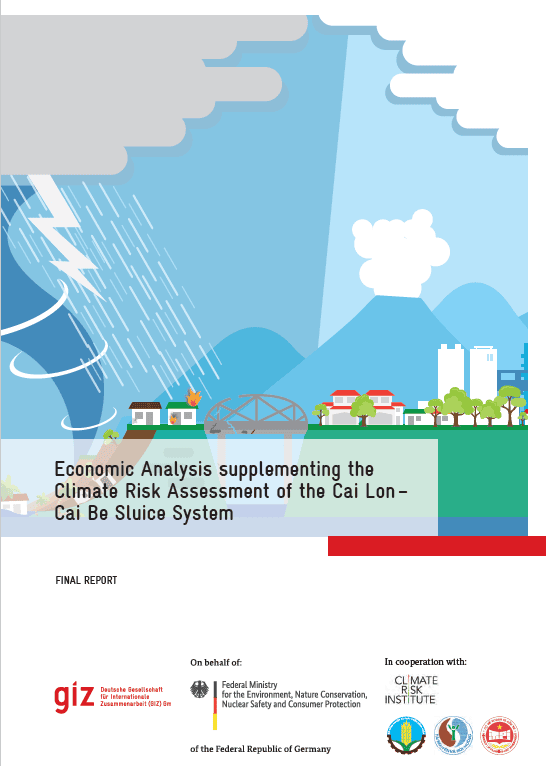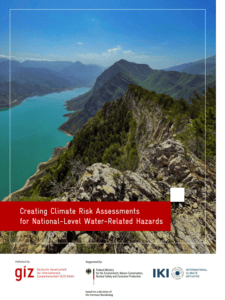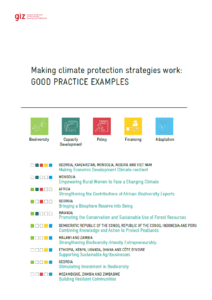Cai Lon – Cai Be sluice gate project is the largest sluice system being conducted in the Mekong River Delta of Vietnam. Its main functions include controlling water sources , creating stable and sustainable production conditions, forming a cluster of works proactively responding to climate change, sea level rise and natural disaster prevention and reducing the damage of drought and salinity in the dry season.
However, the Mekong River Delta of Vietnam is one of the world’s most vulnerable delta to climate change. With the unpredictability of climate change and its impacts, there is worrying that infrastructure projects, such as the Cai Lon – Cai Be sluice gate project, might not hold up to its designed function for the lifespan of 100 years. Therefore, climate risk assessments (CRA) are necessary to develop capacities in the application of tools and processes for climate-proofing infrastructure.
In order to support the climate-risk-informed decisions regarding the project, Deutsche Gesellschaft für Internationale Zusammenarbeit (GIZ), under the Mekong Delta Climate Resilience Programme (MCRP) (2019-2021) and the Vietnam component of global project Enhancing Climate Services for Infrastructure Investments (CSI) (2017 – 2022), conducted a case study of climate risk assessment (CRA), namely “Climate risk analysis (CRA) and assessment report for Cai Lon – Cai Be sluice gate project based on the PIEVC protocol” in 2017.
This Economic Analysis supplements the Climate Risk Assessment of the Cai Lon – Cai Be Sluice System Lon – Cai Be Sluice System. Read here the report in Vietnamese.





